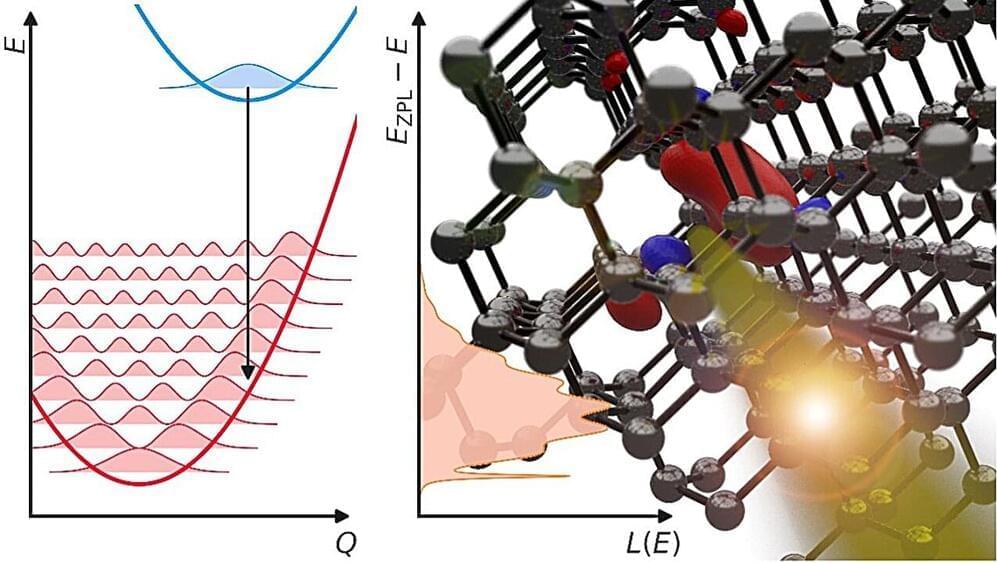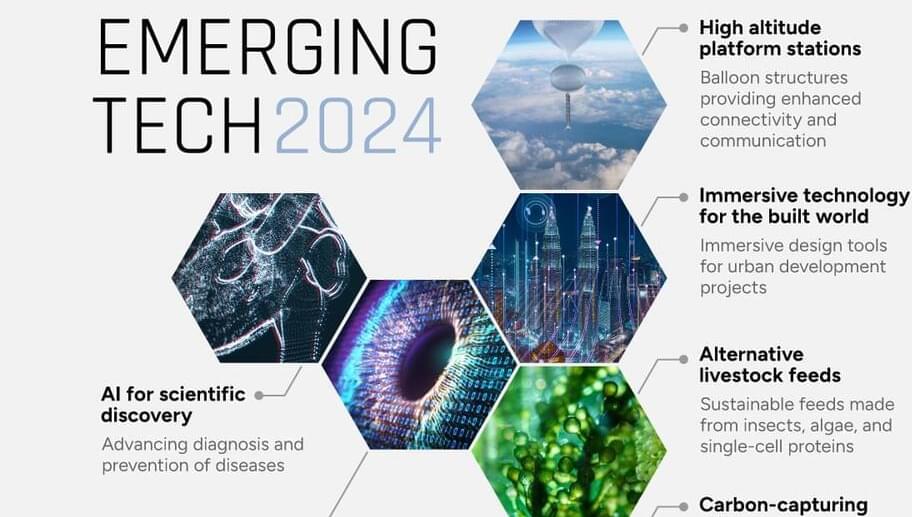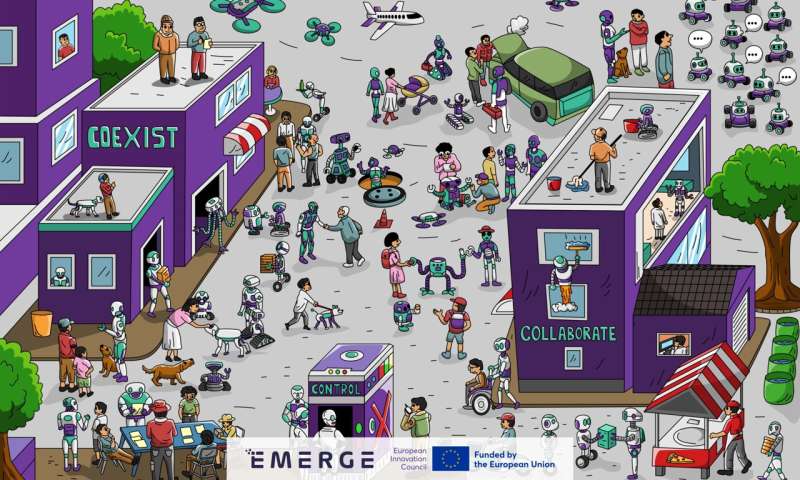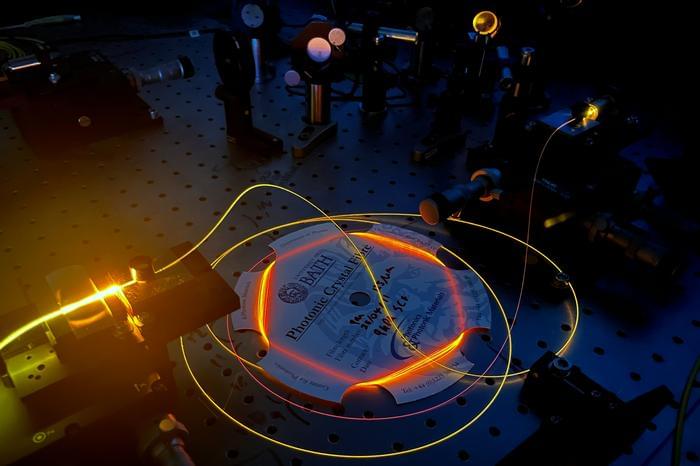It’s half the company’s sales.



FINDING THAT CONNECTION ©
This is my laboratory work, please see copyright details at bottom.
You’re watching two neurons that I saw under the microscope sensing one another and connecting.
There are 86 billion neurons in the brain — how do they know how to connect to other neurons or body parts when our bodies are developing?
They use these webbed hand-like structures that you can see in this video. The finger like projections actively sense the environment around it.
When we are developing in utero, you’ll find these “growth cones,” at the tip of every growing neuron, actively searching their way between cells, trying to find the right spot to connect to. When they make their connection, they become resorbed and disappear.
I know — it’s heartbreaking that the video ends right when we get to the exciting part, but see the black wavering line in the bottom right? That’s what they look like after they’ve connected together in a Petri dish.

Exploring the design of efficient quantum emitters using defects in wide-bandgap semiconductors, specifically silicon carbide (SiC) and diamond.
It highlights how these defects can be engineered to emit single photons, which are crucial for quantum technologies like secure communication and quantum…
Computers benefit greatly from being connected to the internet, so we might ask: What good is a quantum computer without a quantum internet?

It’s easy to think of bacteria as one of the greatest scourges on Earth for the diseases and deaths they cause, and how they repeatedly thwart our best antibiotics, evolving into drug-resistant superbugs.
But really, bacteria are just doing what they’ve always done – finding new ways to survive.
While the search for new antibiotics continues, combination therapies are increasingly being tested to try to clamp down on multiple bacterial escape pathways at once, and limit the chances of microbes developing resistance with successive biological hacks.

This was originally posted on our Voronoi app. Download the app for free on iOS or Android and discover incredible data-driven charts from a variety of trusted sources.
Emerging technologies of today have the power to reshape industries, achieve significant scale, and shift the economic landscape.
From AI-driven advancements in disease detection to carbon-capturing microbes, these technologies stand to improve future society. Meanwhile, greater efficiencies in wireless connectivity allow networks to drive higher data rates and enhance robust communications across 6G networks and the industrial internet-of-things.



Researchers from Tokyo Metropolitan University have created sheets of transition metal chalcogenide “cubes” connected by chlorine atoms. While sheets of atoms have been widely studied e.g. graphene, the team’s work breaks new ground by using clusters instead. The team succeeded in forming nanoribbons inside carbon nanotubes for structural characterization, while also forming microscale sheets of cubes which could be exfoliated and probed. These were shown to be an excellent catalyst for generating hydrogen.
The findings have been published in Advanced Materials (“Superatomic layer of cubic Mo 4 S 4 clusters connected by Cl cross-linking”).
„ and show the arrangement of the nanosheet when viewed from different directions, respectively. (Image: Tokyo Metropolitan University)